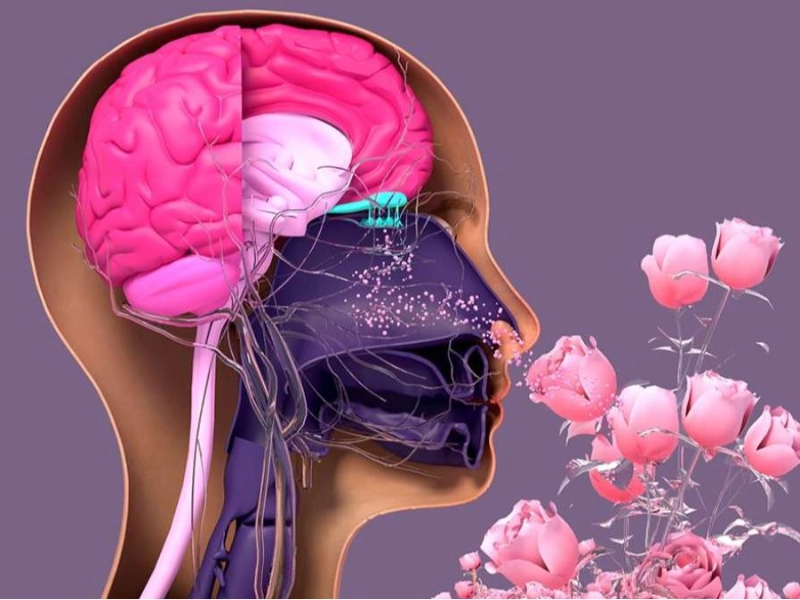Advertisement
3. The Role of Olfactory Sense in Taste

Advertisement
Though taste buds are mostly responsible for our perception of flavours, our sense of smell is equally crucial. Actually, our olfactory sense greatly shapes much of what we consider to be flavour. Taste perception depends critically on the relationship between taste and smell, which enables a great range of flavours.
Volatile substances from food leak into the air and pass via our nasal cavity when we eat or drink. These molecules interact with olfactory receptors, which alert the brain and help to define our whole sensation of flavour. Food typically feels bland when we have a cold or a stuffy nose; this interplay between taste and smell explains this; the reduced sense of smell directly affects our capacity to enjoy flavours.
Thousands of distinct odour molecules may be detected by the olfactory system, which helps us to distinguish a great range of smells. Since many flavours combine taste with scent, this capacity to detect various smells improves our whole taste sensation. A ripe strawberry, for instance, has not only sweet but also aromatic taste with unique fruity overtones to increase our delight.
Studies of taste and smell have revealed that the brain combines the data from both senses to produce a whole flavour profile. This integration explains why some foods, like chocolate or coffee, can arouse strong memories and emotions; taste and smell together produce a rich sensory experience.
All things considered, the olfactory sense's contribution to taste is indispensible. Our sense of smell greatly affects our taste perception, which helps us to enjoy a wide spectrum of flavours. One amazing feature of taste sensation that adds to our enjoyment of food and beverages is the interaction of taste and scent.
